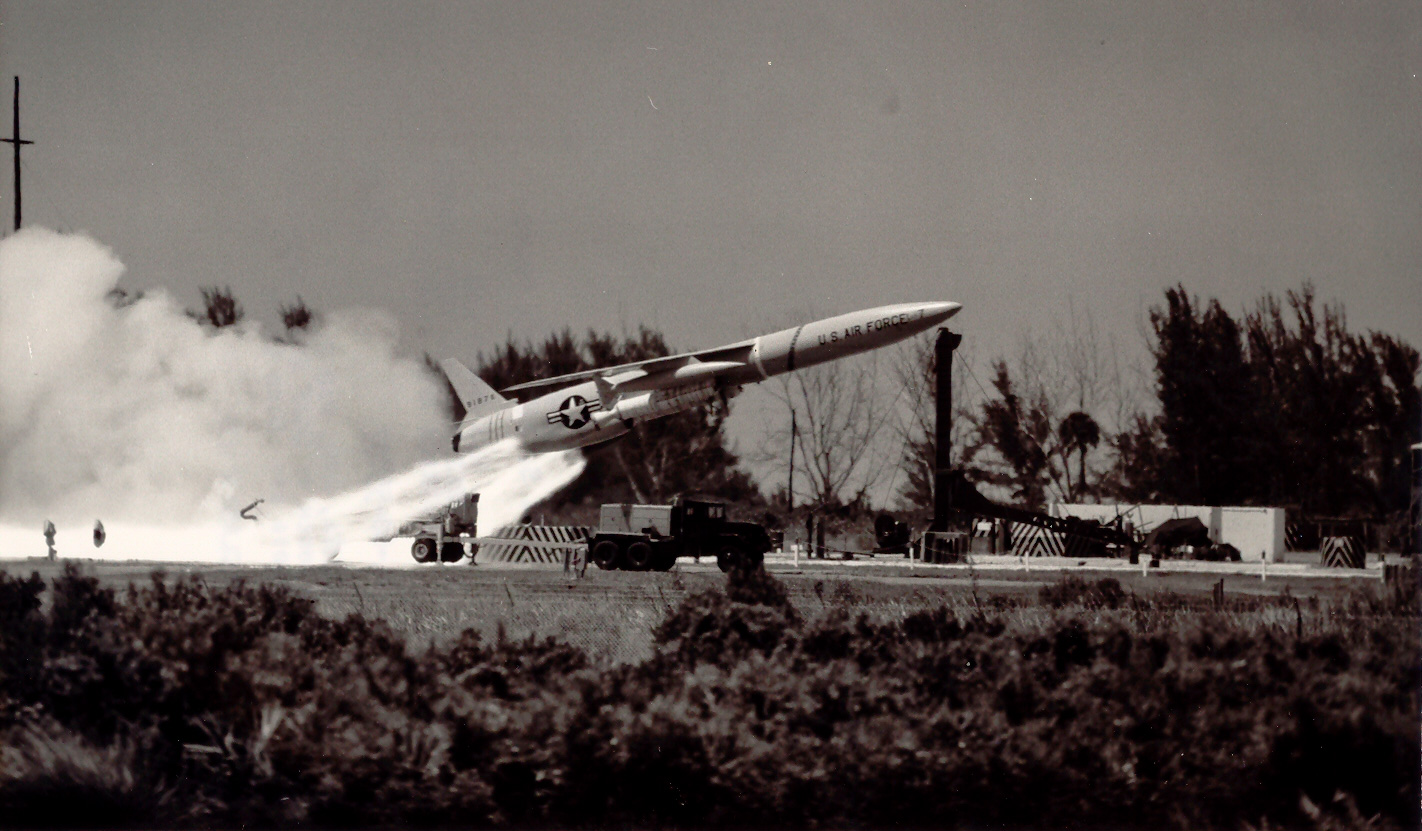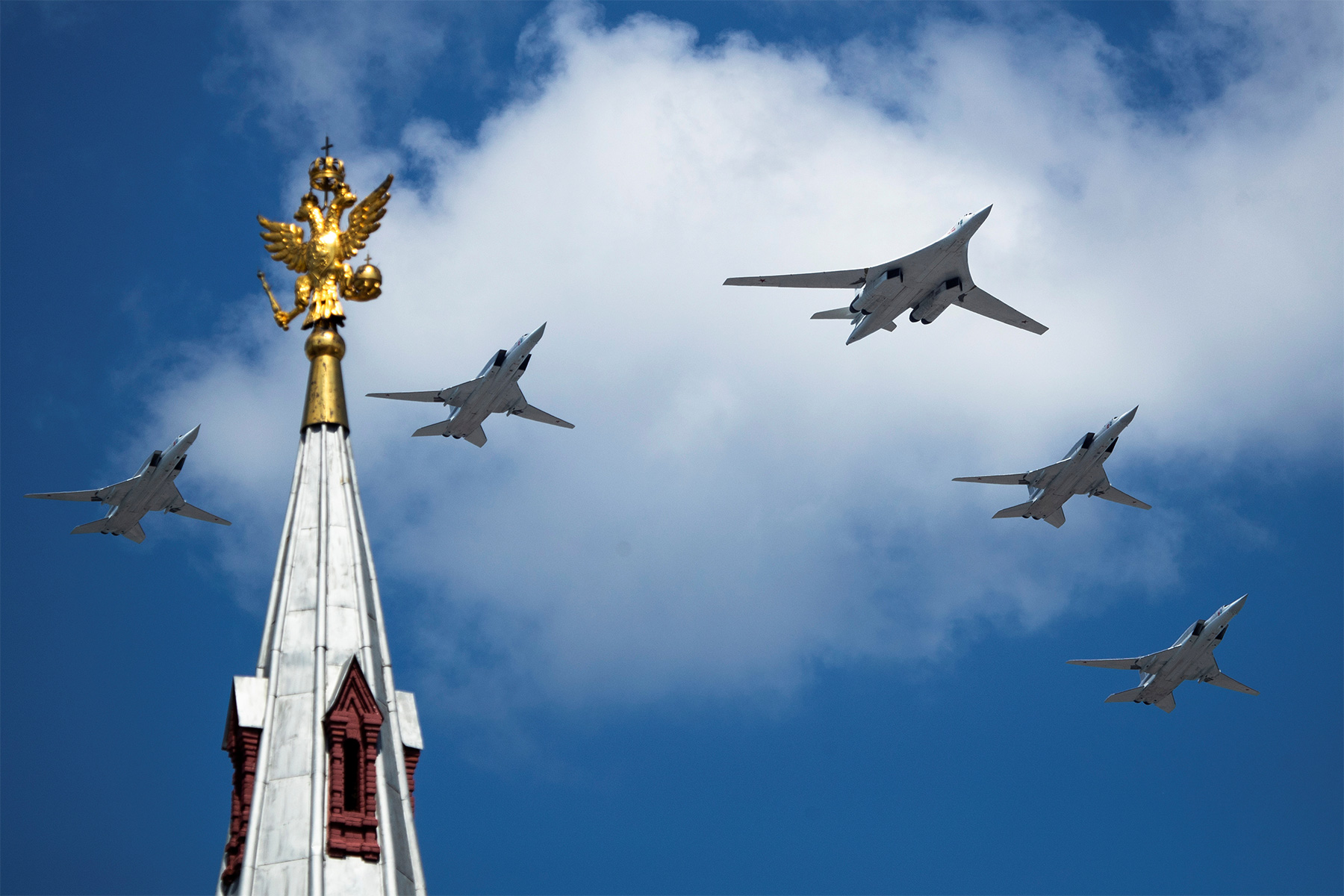The People’s Republic of China is now the second largest military spender after the United States, and the country has proven that it has the technical capability to develop revolutionary outer space technology, which is often related to military purposes. Nevertheless, China’s armed forces continue to lag behind when it comes to nuclear military technology, as Beijing only has 270 to 350 nuclear warheads, slightly more than the French armed forces.
However, China is most certainly on its way to becoming the third largest nuclear power with growing capabilities to rival Washington and Moscow. In order to do so, it will need to increase its nuclear submarine capabilities to catch up with France and the United Kingdom, as well as the continued development of the H-20 bomber project to compete with the United States and Russia. Beijing has surely decided to invest in quality rather than quantity, preferring to slowly and precisely increase the number of warheads when it will first have the ability to defeat anti-missile systems.
Interestingly, China’s military nuclear approach is more about catching up with the other nuclear powers, in contrast to the civilian nuclear sector where the country is more innovative, as evidenced by the two thorium nuclear reactors under construction in the Gobi Desert (China plans to bring thorium reactors into commercial operation by 2030). Thus, China could become the leader in civil thorium nuclear power before it closes the gap as a military nuclear power.
The People’s Republic of China is now the second largest military spender after the United States, and the country has proven that it has the technical capability to develop revolutionary outer space technology, which is often related to military purposes. Nevertheless, China’s armed forces continue to lag behind when it comes to nuclear military technology, as Beijing only has 270 to 350 nuclear warheads, slightly more than the French armed forces.
Thus, China is investing in innovative research on civilian thorium nuclear facilities to become a leader in civilian nuclear, while it is reportedly not investing as much in the military nuclear sector.
This article explores the latest developments concerning “Made in China” nuclear weapons to explain why China’s armed forces are rather sluggish to increase the number of warheads due to the parallel development of other components of the military (e.g. nuclear submarines).
A brief history of Chinese nuclear weapons
China’s first nuclear weapons experiment took place in 1964, followed by its first hydrogen bomb test in 1967. Further development continued well until 1996, when China signed the Comprehensive Nuclear Test Ban Treaty (CTBT).
In order to do so, China started building uranium enrichment plants in Baotou and Lanzhou as early as 1958, followed by a plutonium facility in Jiuquan and the Lop Nur nuclear test site in 1960. It is no secret the Soviet Union assisted in the early stages of the Chinese programme by sending advisers to the fissile material production facilities, having even agreed to provide a prototype bomb, missiles and related technology in October 1957.
In 1958, Soviet leader Nikita Khrushchev told Mao that he planned to discuss arms control with the United States and Great Britain, while Beijing was adamantly opposed to Khrushchev’s policy of “peaceful coexistence” after the fall of Stalin. Although Soviet officials assured the Chinese leadership that the country will remain under the Soviet nuclear umbrella, the disagreements widened the emerging Sino-Soviet rift. In June 1959, the two nations formally terminated their military and technological cooperation agreement, and all Soviet assistance to China’s nuclear programme was abruptly terminated by July 1960, with all Soviet technicians withdrawn from the programme.
This brief history of nuclear weapons in China tells us a lot about the current reason for Chinese weak nuclear capabilities, which had to be developed without the support of the USSR since the 1960s. Moreover, the desire for nuclear capabilities is closely related to the conflict with Taiwan and, as such, Beijing does not need to radically increase its capabilities since the island remains a non-nuclear territory to this day. Furthermore, increasing capabilities would worry the United States and Russia, the other two major nuclear powers—and Beijing had no interest in doing so, especially during the Cold War.
China’s nuclear posture and policy
The Chinese approach is focusing on quality over quantity, which explains the low number of warheads to this day. As of today, most nuclear warheads built during the Cold War can be intercepted by anti-missile systems in NATO and Russia as they are relying on outdated technology, which explains Russia’s desire to build the hypersonic glide vehicle such as the “Avangard”.
The same is true for China. As the U.S. strengthens its missile defenses capabilities, China is likely to further modify its nuclear posture to first ensure the credibility of its retaliatory strike force, including deploying hypersonic glide vehicles rather than increasing the number of warheads.
Meanwhile, the People’s Liberation Army (PLA) has maintained a “low alert level” for its nuclear forces and keeps most of its warheads in a central storage facility in the Qinling Mountain Range, although some are kept in smaller regional storage facilities around the country. Although there are rumors that China has coupled warheads to some of its missiles to increase their availability, we have not seen official sources confirming this. In fact, the latest Pentagon report explicitly states that “China almost certainly retains the majority of its peacetime nuclear force—with separate launchers, missiles, and warheads”.
Both the United States and Russia operate early warning systems to detect nuclear attacks and launch their missiles quickly, and a Chinese early warning system could also potentially be designed to enable a future missile defense system to intercept incoming missiles. The latest Pentagon report indicates that China is developing an HQ-19 mid-course missile defense system that could intercept Intermediate-range ballistic missile (IRBMs) and possibly intercontinental ballistic missile (ICBMs), although this would take many more years to develop. In addition, the Chinese government has a long-standing policy of not using nuclear weapons first and not using nuclear capabilities against non-nuclear countries or nuclear-weapon-free zones.
Military nuclear capabilities on land, air and sea
China has continued to field the DF-26, a dual-capable mobile IRBM, and is replacing the older DF-31A road-mobile ICBM launchers with the more maneuverable DF-31AG launcher. It is also in the early stages of commissioning the new DF-41, a road-mobile ICBM that would be capable of carrying multiple independent target re-entry vehicles (MIRVs) like the old DF-5B based on a liquid fuel silo.
At sea, China is adding two more ballistic missile submarines and developing a new type. Additionally, China has recently reassigned a nuclear mission to its bombers and is developing an air-launched ballistic missile to have a nuclear capability.
It is estimated that China has produced a stockpile of about 350 nuclear warheads, of which about 272 are intended to be launched by more than 240 operational land-based ballistic missiles, 48 sea-based ballistic missiles and 20 nuclear gravity bombs assigned to bombers. The remaining 78 warheads are expected to arm additional land- and sea-based missiles that are being installed.
Land
The People’s Liberation Army Rocket Force, supervised by General Zhou Yaning (commander) and General Wang Jiasheng (political commissar), is in charge of the ground nuclear forces. Since the Cold War, China is continuing the gradual modernization of its nuclear-capable ground missile force, and it is estimated that the PLA rocket force has about 240 land-based missiles capable of carrying nuclear warheads. Of these, about 150 can strike parts of the United States (Hawaii). The number of ICBMs that can strike the continental United States is smaller: about 90 missiles with some 130 warheads.
These capabilities are easily explained by the fact that land-based missiles have a greater range than sea- and air-based ones, at least until China upgrades its sea-based systems. Thus, land-based missiles increase range and allow targeting of distant nuclear counterparts—the United States, France and the United Kingdom—while ensuring capabilities against the other four nearby nuclear powers: Russia, North Korea, India and Pakistan. It is likely that land-based capabilities will remain a major component until submarine capabilities are expanded. Once submarines are as advanced as those of other nations, then—like the United States, Russia, France and the United Kingdom—China is likely to focus more and more on submarines rather than land-based capabilities.
Sea
China has introduced six Jin-class (Type 094) nuclear-powered ballistic missile submarines (SSBNs), which are based at the Longposan naval base near Yulin on Hainan Island (only four of them are currently operational). The two newest SSBNs, which were handed over to the PLA Navy in April 2020, are said to be variants of the original Type 094 design, known as Type 094A. These boats have a more prominent hump, which has led to a speculation that they could carry up to 16 JL-2 submarine-launched ballistic missiles (CSS-N-14), instead of the usual 12. However, satellite images confirm that the new submarines are equipped with 12 launch tubes each.
Each JL-2 is equipped with a single warhead and, possibly, penetration assistance. The JL-2, which is a modified version of the DF-31, is supposed to have a range of about 7,200 km, although U.S. estimates of the range have varied over the years. Such a range would be sufficient to target Alaska, Guam, Hawaii, as well as Russia and India, from waters near China.
Unlike the land-based approach, the nuclear submarine can move around the world, have an unknown destination and a changing position, and it can retaliate up to several months after a nuclear conflict has ended. As such, submarines are now the main component of the French and British nuclear forces, and are vital to the U.S. and Russia. However, this requires advanced technology, which China does not yet have (nor do India and Pakistan). Therefore, the People’s Liberation Army is upgrading its submarine capabilities and technology, which should lead to increased relevance of submarines for nuclear operations in the long term. China’s new-generation Type 096 SSBNs will carry an extended-range SLBM, the JL-3, which, according to unofficial sources, could have a range of over 9,000 km. Chinese media describe the JL-3 as an SLBM “equivalent or similar to the French M51,” pointing out that its diameter has been increased compared to the JL-2 and that it incorporates a carbon-fiber casing, giving it an increased range.
Air
China developed several types of nuclear bombs and used aircraft to carry at least 12 of the nuclear weapons it detonated as part of its nuclear test programme between 1965 and 1979. However, the PLA Air Force’s nuclear mission remained dormant until the 2000s, presumably because its older bomb-equipped aircraft were unlikely to be relevant in a nuclear conflict.
Countries such as France, the United Kingdom, Pakistan and India, are not focusing on long-range bombers, as they are easier to track, they move slowly and they are no major asset compared to submarines and land-based missiles. In this respect, only two nuclear powers—the United States and Russia—are investing in bombers. China wishes to become the third nuclear power and has therefore developed the H-6 bomber, which is technologically advanced enough to compete with its American counterparts Northrop Grumman B-2 “Spirit”, Rockwell B-1 “Lancer” and Boeing B-52 as well as the Russian Tupolev Tu-22M, Tupolev Tu-95 and Tupolev Tu-160. The Chinese H-6 should be complementary to the Xian H-20, as the bomber world is rapidly evolving with the introduction of the new American Northrop Grumman B-21 “Raider” and the Russian Tupolev PAK DA.
In conclusion, China is most certainly on its way to becoming the third largest nuclear power with growing capabilities to rival Washington and Moscow. In order to do so, it will need to increase its nuclear submarine capabilities to catch up with France and the United Kingdom, as well as the continued development of the H-20 bomber project to compete with the United States and Russia. Beijing has surely decided to invest in quality rather than quantity, preferring to slowly and precisely increase the number of warheads when it will first have the ability to defeat anti-missile systems.
Interestingly, China’s military nuclear approach is more about catching up with the other nuclear powers, in contrast to the civilian nuclear sector where the country is more innovative, as evidenced by the two thorium nuclear reactors under construction in the Gobi Desert (China plans to bring thorium reactors into commercial operation by 2030). Thus, China could become the leader in civil thorium nuclear power before it closes the gap as a military nuclear power.
Bibliography
Central Intelligence Agency (1990). China: New Nuclear Test. Science and Weapons Review, SW SWR 90-048C
Central Intelligence Agency (1993) China’s Nuclear Weapons: Facing Prospects for a Comprehensive Test Ban. Intelligence Memorandum 93- 20044C M
Defense Intelligence Agency (2019). Challenge to Security in Space. DOI Online report
United States Department of Defense (2018). Annual Report to the Congress. Military and Security Developments Involving the People’s Republic of China 2018. Office of the Secretary of Defense
Kristensen, H. M., and M. Korda (2020). Russian Nuclear Forces, 2020. Nuclear Notebook. Bulletin of the Atomic Scientists 76 (2): 102–117.
Kristensen, H. M., and M. Korda (2020). Chinese nuclear forces, 2020. Bulletin of Atomic Scientists
Lee, R (2020). China’s Air Force Might Be Back in the Nuclear Business. The Diplomat
Will Jackson (2021). China set to begin first trials of molten salt nuclear reactor using thorium instead of uranium. ABC News.
https://www.abc.net.au/news/2021-08-28/china-thorium-molten-salt-nuclear-reactor-energy/100351932







